Biomedical engineers may use their numerous abilities to generate answers to ongoing global health concerns, such as changing how patients are treated and decreasing the cost of treatment, thanks to their experience in physiology, biology, healthcare and health informatics, mechanics, and engineering.
The need for biomedical equipment and procedures is predicted to rise as our population lives longer. The tech-savvy population is more aware of discoveries in medical technology and improvements than ever before, thanks to access to up-to-the-minute news. The best master’s degree for medical technologists has helped them discover a lot about this industry.
As a result of this increased understanding, an increasing number of individuals will seek out biomedical answers to their complicated health problems, each time anticipating a newer, more convenient, and more advanced method of therapy.
Importance of Biomedical Engineering
The application of electronics and measuring techniques to produce devices used in illness detection and treatment is known as bio instrumentation. Living tissue and synthetic materials used for implantation are both considered biomaterials. To create implant materials, it’s critical to understand the qualities and behavior of live materials. One of the most challenging issues a biomedical engineer has is determining whether material is acceptable for use in the human body.
Biomechanics is the application of classical mechanics to biological and medical problems. Motion, material deformation, flow within the body and in devices, and chemical ingredient transport through biological and synthetic media and membranes are all studied in this field.
More recent initiatives to address biological problems at the microscopic level include cellular, tissue, and genetic engineering. These fields make use of the anatomy, biochemistry, and mechanics of cellular and subcellular structures to better understand disease processes and act at precise locations.
Clinical engineering is the use of technology in hospital settings to improve patient care. Clinical engineers are in charge of creating and maintaining computer databases of medical instrumentation and equipment records, as well as the acquisition and usage of advanced medical devices. They may also collaborate with doctors to customize instruments to the doctor’s and hospital’s unique needs. To create a picture, medical imaging combines knowledge of specific physical phenomena with high-speed electronic data processing, analysis, and presentation. Mechanical engineers work in the medical imaging sector. There are online mechanical engineering courses that provide information about this field.
Orthopedic Bioengineering is a field in which engineering and computational mechanics approaches have been used to better understand how bones, joints, and muscles work, as well as to create artificial joint replacements. Orthopedic bioengineers study the friction, lubrication, and wear characteristics of natural and artificial joints, conduct stress analyses of the musculoskeletal system, and develop artificial biomaterials (biologic and synthetic) for bone, cartilage, ligaments, tendons, meniscus, and intervertebral disc replacement.
Biomedical engineering’s specialty field of rehabilitation engineering is gaining in popularity. Individuals with physical and cognitive limitations benefit from rehabilitation engineers’ enhanced talents and improved quality of life. They work on prostheses, home, workplace, and transportation adaptations, and assistive technology design that improves sitting and placement, mobility, and communication.
Engineering tactics, techniques, and tools are utilized to achieve a complete and integrated knowledge of the function of living creatures ranging from bacteria to people, which is referred to as systems physiology.



















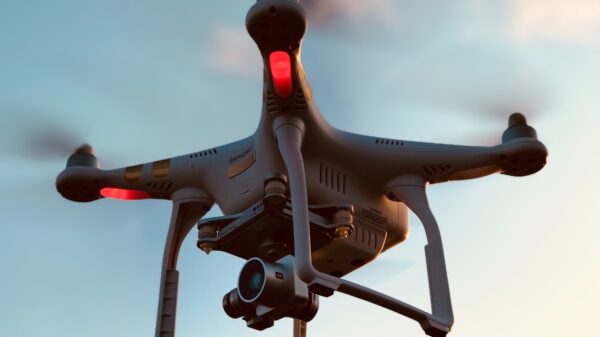









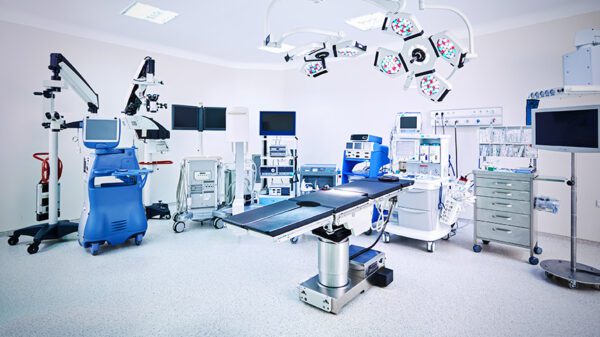




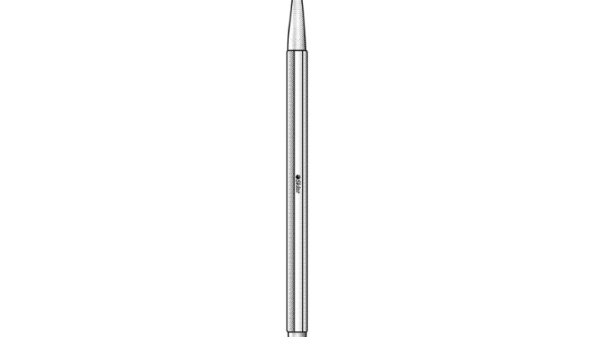


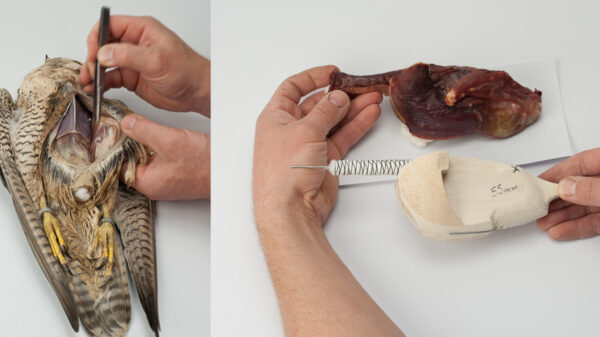

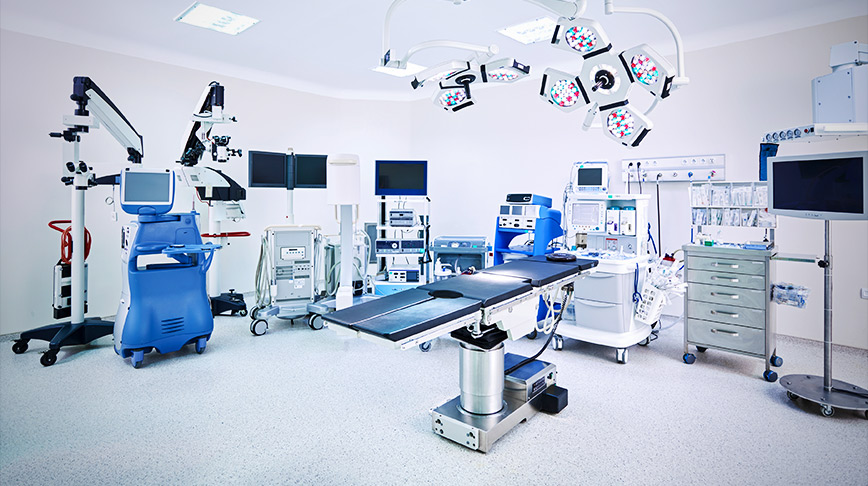









You must be logged in to post a comment Login